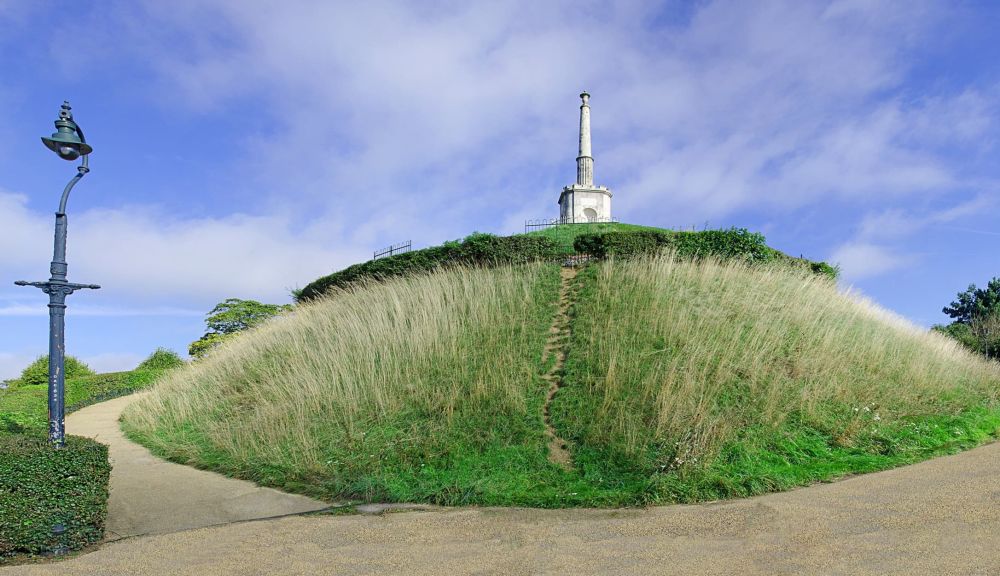

The Dane John Gardens is a serenely landscaped park that stands as a testament to Canterbury's commitment to preserving green spaces amidst its rich historical tapestry. As a significant tourism spot within the United Kingdom, the gardens date back to the 12th century when the land was used as a burial ground. The name "Dane John" itself derives from the Norman word "Donjon", signifying a castle mound upon which the gardens were later established.
In the 18th century, alderman James Simmons played a pivotal role in transforming these grounds into a place of leisure and tranquility. In 1790, the gardens underwent extensive landscaping under the esteemed architect Simon Ypres, turning it into a beacon for relaxation and recreation, with its classical layout and ornate features.
One of the most iconic attractions within the Dane John Gardens is the historic mound and watchtower, offering panoramic views of Canterbury. The gardens also possess a rich array of historically-inspired features such as a bandstand, a central fountain, and memorial structures that contribute to the unique charm of this urban oasis.
Throughout the 20th century, Dane John Gardens continued to be an essential component of Canterbury's tourism appeal, serving both local residents and international visitors. The presence of the gardens provides a peaceful contrast to the bustling city center and has been a cherished venue for various events, from music concerts to food festivals.
In recent years, there has been a rising trend in eco-conscious and outdoor tourism, augmented by the growing desire for safe, open-air environments amid global health considerations. Dane John Gardens caters to these interests with its ample space, green initiatives, and opportunity to engage in outdoor activities. Additionally, the gardens are increasingly promoted in local heritage trails and historical tours, emphasizing their historical significance within Canterbury's rich urban landscape.
Today, Dane John Gardens remains an integral part of Canterbury's tourism scene, offering a blend of natural beauty, historical intrigue, and recreational amenities. Its ongoing allure is a testament to the city's dedication to preserving its green spaces while celebrating its historical roots. As trends evolve, the gardens will no doubt continue to adapt and will remain a treasured destination for those seeking the tranquility and charm of a historic English park.